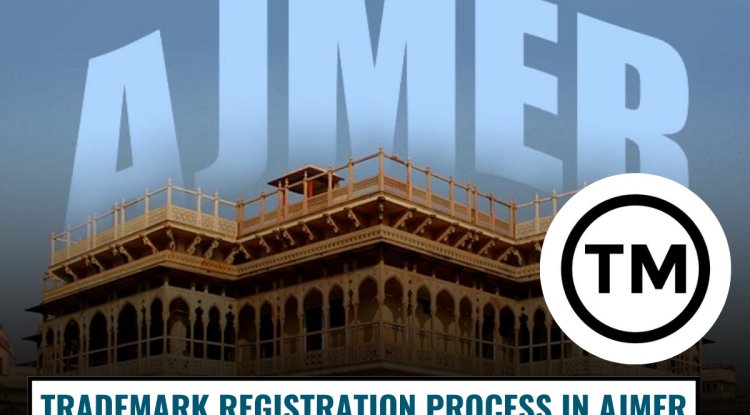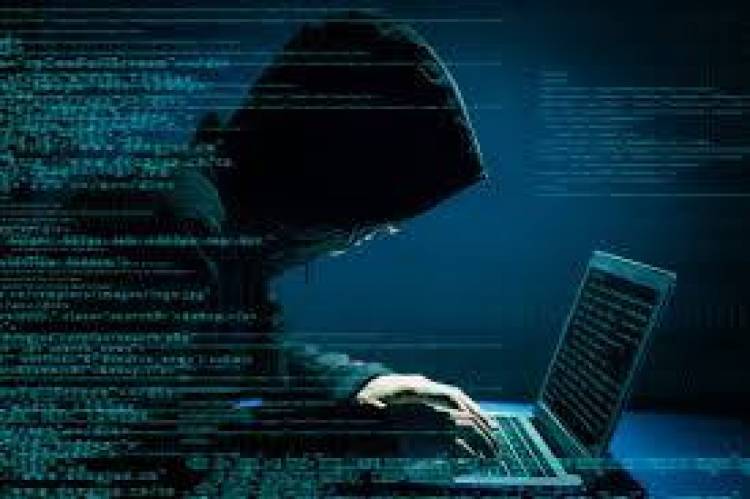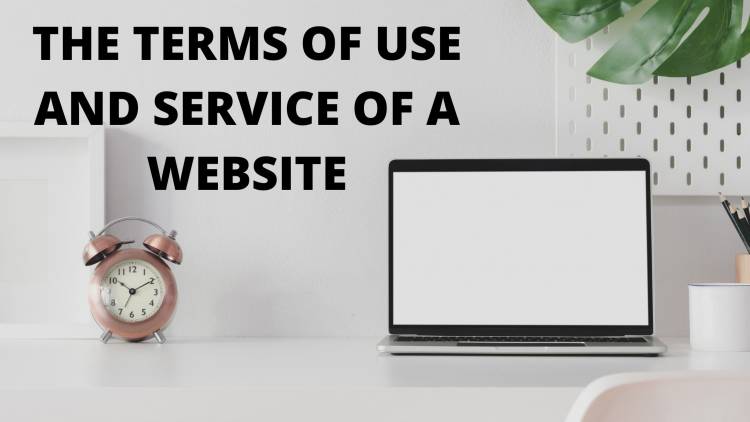Copyright of sampling music: Whether the practice of sampling other artist's music in one's own is a copyright violation.
This blog explores the complex relationship between music sampling and copyright law, highlighting the legal challenges and requirements for artists seeking to use sampled material. It discusses the necessity of obtaining proper licenses, the role of "fair use," and key legal cases that have shaped the industry. The blog also examines how digital tools and platforms have made sampling more prevalent, while complicating copyright enforcement. Finally, it considers the potential evolution of copyright laws to accommodate new technologies like AI and offers guidance for up-and-coming artists on how to navigate legal issues in sampling.

Music sampling is the practice of taking a portion of an existing sound recording, such as a melody, beat, or vocal line, and incorporating it into a new song. It plays a significant role in music production, especially in genres like hip-hop, electronic music, and pop. The relationship between music sampling and copyright law is complex; samples are typically protected by copyright, meaning that using them without permission can lead to infringement. Sampling is popular because it allows producers to create new works while paying homage to past music. However, it is controversial due to legal challenges and disputes over ownership and compensation for original creators.
Copyright in music protects various aspects, including the melody, lyrics, and arrangement, as well as certain production elements like sound recordings. The rights associated with owning a copyright include the exclusive ability to reproduce, distribute, perform, and create derivative works based on the copyrighted material. These rights give the copyright holder control over how their music is used and how they receive compensation. When it comes to sampled material, these rights apply directly—if a producer wants to sample a copyrighted song, they must obtain permission from the copyright holders of both the underlying composition and the sound recording. Without clearance, the use of samples can lead to legal infringement.
Sampling music without permission often constitutes copyright infringement, as it involves using protected material without authorization. However, there are exceptions, such as "fair use," which allows limited use of copyrighted works under certain conditions. In the context of sampling, fair use might apply if the sample is transformed significantly or used for purposes like criticism, commentary, or parody. However, fair use is subjective and often leads to legal disputes. Typically, to avoid infringement, permission, licensing, or clearance is required from the copyright holders of the original work. This ensures that the creators are compensated and that the new work respects copyright laws.
"Fair use" in copyright law allows limited use of copyrighted material without permission, provided it meets certain criteria, such as transforming the original work for a new purpose, or being used for criticism, commentary, or education. In music sampling, fair use can apply if the sample is transformative, meaning it adds new meaning, context, or creativity. The famous Campbell v. Acuff-Rose Music, Inc. case is a key example, where the Supreme Court ruled that 2 Live Crew’s use of Roy Orbison’s "Oh, Pretty Woman" was fair use because it was a parody and transformative in nature. Other examples include "The Winstons' 'Amen Brother'" sample in various tracks, which was considered fair use due to its recontextualization in new music, despite its initial unlicensed use. The legal defense of fair use in sampling remains nuanced, often requiring courts to evaluate factors like purpose, amount of the sample used, and the effect on the market.
Acquiring a sample license is crucial in music sampling to avoid legal issues and copyright infringement. There are two main types of licenses required: a mechanical license, which covers the use of a sample in recorded music, and a synchronization license, needed when the sample is used in audiovisual works like movies or TV shows. The licensing process typically involves negotiating with the copyright holders of both the composition and sound recording, which can be time-consuming and costly, depending on the popularity of the sample. The fees vary, but they can range from a few hundred to thousands of dollars. Successful sample clearances, such as Kanye West clearing the "Try a Little Tenderness" sample in his hit "Otis," show how proper licensing can enhance an artist's credibility and career. When samples are cleared legally, they avoid costly lawsuits, ensuring both the sampled artist and the new creator are compensated.
To know more about this you can follow the link below:
Notable legal cases in music sampling have shaped the industry by setting precedents and clarifying the boundaries of copyright law.
- Grand Upright Music, Ltd. v. Warner Bros. Records Inc. (1991): This case involved the unauthorized sampling of "Alone Again (Naturally)" by Gilbert O'Sullivan in Biz Markie’s song "Alone Again." The court ruled that sampling without clearance constitutes copyright infringement, which led to a more cautious approach in the industry, reinforcing the importance of obtaining permission before sampling.
- Bridgeport Music, Inc. v. Dimension Films (2005): In this case, Bridgeport Music sued Dimension Films over the unauthorized use of a two-second sample from Funkadelic's "Get Off Your Ass and Jam" in the song "10 Seconds" by N.W.A. The court ruled that "get a license or do not sample," setting a strict precedent that discouraged unlicensed sampling.
- Kanye West v. The Clash (for sampling "Straight to Hell" in "Stronger"): Kanye West cleared the sample of The Clash’s "Straight to Hell" for his track "Stronger." This case demonstrated the importance of proper clearance, as Kanye was able to use the sample legally, showing that successful collaborations between artists and their original creators can enhance creativity while avoiding legal disputes.
These cases have made the music industry more cautious about sampling and clarified the legal need for proper licensing, significantly influencing how artists approach sampling and ensuring greater respect for copyright protections.
Sampling has become a key form of musical innovation, allowing artists to build on the work of previous creators while adding new interpretations and creative dimensions. In genres like hip-hop, electronic music, and pop, sampling has enabled artists to experiment with existing sounds, transform them into something entirely new, and pay homage to influential music. Hip-hop, for example, has long embraced sampling as a way to craft fresh beats from older tracks, while electronic and pop producers often use samples to blend diverse musical styles and eras. Restricting sampling could stifle creative expression by limiting the ability to reinterpret and repurpose sounds, hindering the flow of innovation in music. While legal challenges and licensing requirements are necessary to protect creators' rights, overly strict restrictions on sampling could curtail artistic freedom and the vibrant exchange of ideas that has defined many modern music genres.
As sampling continues to be integral to music, copyright laws will likely evolve to address its growing prevalence. One potential shift could be the development of more flexible and streamlined licensing models that make it easier for artists to clear samples without lengthy legal processes. New technologies like AI may also reshape the landscape, as AI-generated music samples could complicate traditional copyright frameworks. AI’s ability to create and manipulate samples could blur the lines of authorship, leading to debates about who owns the rights to an AI-generated composition. As a result, copyright laws may adapt to account for AI contributions and introduce fairer licensing practices that balance the needs of both artists and copyright holders, ensuring more accessibility and fostering creative collaboration in the music industry.
For up-and-coming artists, legally sampling music requires careful attention to copyright laws and clearances. Here are key steps to protect themselves:
- Clear the Sample: Always seek permission from the copyright holders of both the composition and the sound recording. This typically involves negotiating a licensing agreement for the sample’s use.
- Negotiate with Rights Holders: Work directly with the original artist, record label, or publisher. Be prepared to pay a licensing fee or agree to a percentage of royalties for using the sample.
- Document Agreements: Keep written agreements and contracts that clearly outline terms, payment structures, and usage rights. This ensures both parties are on the same page and can prevent disputes.
- Understand Legalities: Familiarize yourself with copyright laws and potential risks. If the sample cannot be cleared, consider using royalty-free samples or create your own original content.
By following these steps, artists can protect their work, avoid legal trouble, and ensure they are fairly compensated for their music.
In conclusion, music sampling remains a powerful and integral form of musical creativity, allowing artists to reinterpret and build upon existing works to produce innovative sounds. While sampling offers immense potential for artistic expression, it also presents significant legal challenges due to copyright laws, which protect both the composition and the sound recording of original works. The process of obtaining permission through proper licensing is essential to avoid copyright infringement and ensure fair compensation for original creators. Legal precedents, such as the Grand Upright Music and Bridgeport Music cases, have reinforced the importance of clearing samples before using them in new works, making it clear that unauthorized sampling can lead to costly legal consequences. While fair use can sometimes apply, especially if the sample is transformed significantly, this defense remains subjective and often contentious, leading to frequent legal disputes.
The digital era has further complicated the issue by making it easier to access, manipulate, and share samples, sometimes without proper clearance. As sampling continues to thrive in genres like hip-hop, electronic music, and pop, future copyright laws may need to adapt, incorporating flexible licensing models and addressing the impact of AI-generated music. For up-and-coming artists, it is crucial to navigate copyright laws carefully, clearing samples, negotiating licensing agreements, and maintaining proper documentation to avoid legal pitfalls. Ultimately, while sampling is a vital part of music production, artists must strike a balance between creativity and legal compliance to safeguard their work and respect the rights of original creators.












